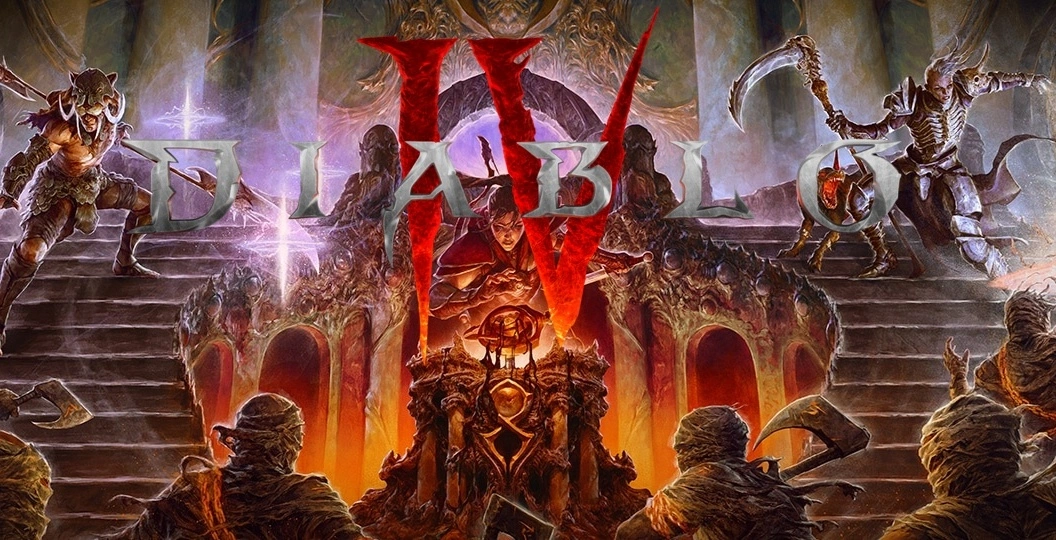Choose a test user to login and take a site tour.






4 minutes, 51 seconds
-144 Views 0 Comments 0 Likes 0 Reviews

Blizzard is giving Diablo 4's Season 10 a dramatic shake-up, and nowhere is that more apparent than in the Infernal Hordes. Once viewed as a repetitive grind that rewarded persistence more than creativity, this fiery endgame gauntlet is being reimagined with new mechanics, enemies, and environments that make the mode both more dynamic and more rewarding Diablo 4 items. For players who thrive on high-pressure combat and escalating challenges, the changes promise a reinvigorated experience that blends strategy, risk, and raw survival in equal measure.
The most striking addition is the arrival of Chaos Monsters, enemies that stand apart from the usual waves of demonic opposition. Defeating these foes grants shrine-like boons, instantly altering the flow of combat and forcing players to decide how best to leverage temporary power spikes. Alongside them come Chaos Waves, optional rounds of heightened difficulty that dramatically raise the stakes. Opting in means facing tougher resistance but also earning larger Aether rewards, a design that caters to players willing to gamble for greater payoff. This high-risk, high-reward rhythm gives each run its own narrative of tension and release, keeping the mode unpredictable and compelling.
The rework also introduces a new end-boss: Bartuc, the Vizjerei Warlord, who replaces the rotating council fights. Summoning him demands a steep Aether cost, but the encounter itself feels unlike anything in past iterations. Bartuc's mechanics emphasize punishing damage checks and tight coordination, creating a true test of skill for both solo adventurers and groups. The fight offers another key incentive: loot drops directly onto the ground, bypassing the standard Aether exchange. For many players, this change represents a welcome shift toward more immediate, tangible rewards that better match the intensity of the challenge.
Environmental design has also been broadened, moving the action beyond a single static chamber. Now, winding corridors and branching passageways give each run a sense of descent deeper into hell itself. This variety not only enhances atmosphere but also forces players to rethink their tactics, as terrain and layout can shape how each wave plays out. The design captures Diablo's hallmark feeling of pressing further into darkness, making the mode feel closer to the series' roots in dungeon-crawling horror.
For those not yet ready to brave the full ferocity of the Infernal Hordes, a scaled-down version known as Fleeting Hordes offers a more approachable entry point. Designed for characters below the Torment tiers, it provides four waves capped by a battle against two council members. This gives less experienced players a taste of the chaos without overwhelming them, while still preparing them for the harsher trials ahead. Layered on top of these structural changes is the debut of Chaos Armor, a new gear type that occupies nontraditional slots and opens up a wealth of build possibilities. Its flexibility encourages experimentation, pushing players to rethink established archetypes and find creative combinations that extend well beyond Infernal Hordes.
Taken together, these adjustments mark a significant evolution for one of Diablo 4's cornerstone activities. By weaving in new enemies, optional risks, an iconic boss, expanded environments, and fresh gear systems, Blizzard has transformed Infernal Hordes from a repetitive challenge into a dynamic showcase of the game's strengths. The overhaul ensures that the mode remains both a rewarding grind for loot hunters and a stage for strategic, skill-based play. Season 10, with its revitalized Infernal Hordes, signals that Diablo 4's endgame is not only expanding but also deepening, offering players new reasons to push their characters further into the flames Chaos uniques item.

Share this page with your family and friends.